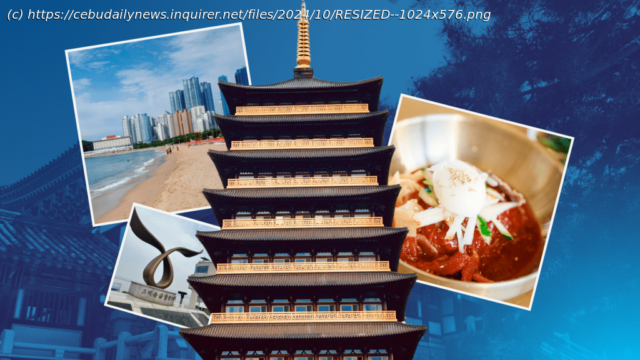Array
Korea — When visiting South Korea, exploring its capital Seoul often comes to the top of mind.
After all, the city has everything — from shopping, food, and sights. Not to mention the tons of exclusive and limited edition Korean pop (K-pop) merchandise for avid fans.
When I had the opportunity to visit South Korea for the first time, I knew Seoul would be at the heart of my itinerary.
But as I dug deeper into the country’s history and culture, I found myself wanting to explore and learn more about it beyond the confines of the capital.
And it was worth it.
South Korea is home to what was once the 4th largest city in the world in ancient times, Gyeongju.
Also known as Seorabeol, which means capital in English, it served as the capital of the Silla Kingdom during Korea’s Three Kingdom period, even when all three kingdoms became united in what Koreans referred to as the ‘Unified Silla Period’.
Historians regarded Gyeongju as an important site not only for the hundreds of cultural properties and historical treasures found there. But also, it became one of the major hubs for the Silk Road, the famous network of Euroasian trade routes that connected the East and the West.
Gyeongju – or Seorabeol in this case – enabled the South Korean peninsula to participate in various trades around the world, with merchants, monks and envoys visiting this city by land or by sea.
But one of the most distinct characteristics of Gyeongju is the influence of Buddhism.
The Silla Kingdom is known for helping spread Buddhism in the peninsula and here in Gyeongju, visitors can see up close real artifacts and works of Korean Buddhism. Like the Bulguksa, a temple complex built in the 8th century which was declared a UNESCO World Heritage Site.
Owing to its rich history, and the thousands of artifacts, archeological sites and heritage properties scattered around the city, UNESCO described Gyeongju as the ‘museum without walls.’
From the tombs of the royal families in the Korean Peninsula — including that of Queen Seondeok — to one of the oldest observatories in Asia.
Some of the most iconic landmarks in the city were also rebuilt and restored to its former glory like the Woljeonggyo Bridge, which was burned down during the Joseon Dynasty.






